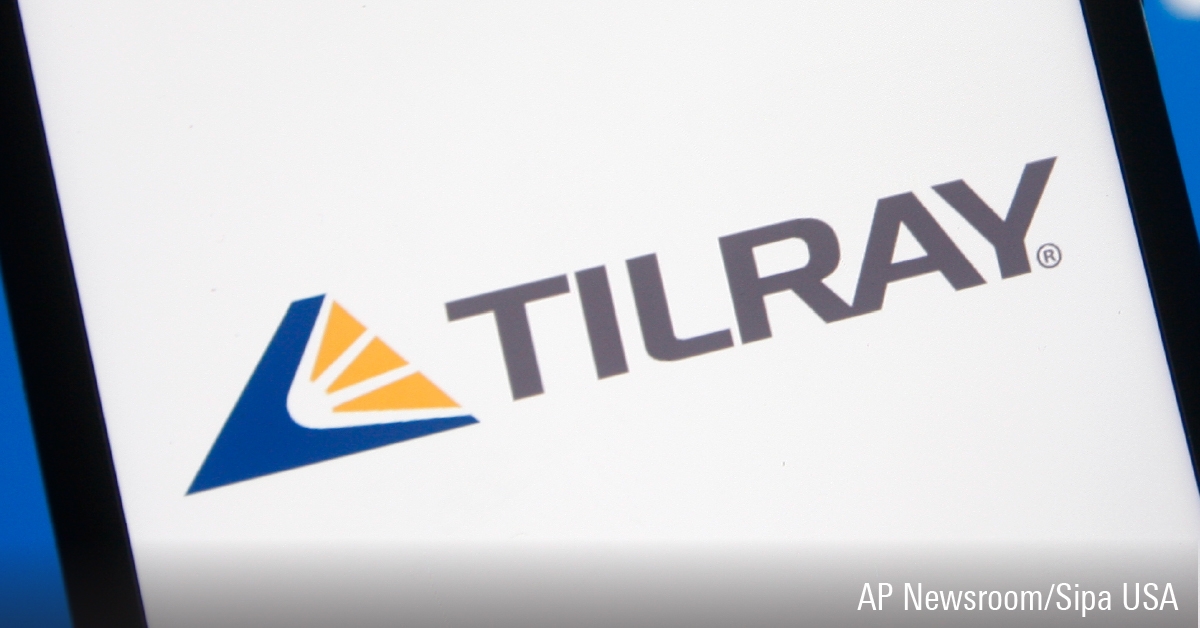Please explain the concept behind an escalator rate for a guaranteed investment certificate. Are these a good alternative to buying individual GICs under some sort of systematic plan, such as buying a group of GICs with different maturity dates every six months or so?
An escalator GIC is a long-term deposit certificate that pays increasingly higher rates of interest in each year of the term. For the most part, I don't find them attractive because the rates paid in the early years aren't very competitive with conventional GICs' one- and two-year rates, and the average rate to maturity may not be attractive.
In addition, GICs in general often pay a yield that is lower than one might achieve by purchasing a government bond, such as a strip coupon.
Another alternative is a bond fund with a low management fee. Check GIC rates against the yields paid by such funds. In times of rising rates, a bond fund will suffer, of course, but in more stable times you may find that the fund is much easier to work with. Its units are easily redeemable, and you can keep adding to the same investment vehicle instead of fussing over maintaining diversification among GIC maturity dates (a GIC "ladder") or worrying about having too much exposure to a single banking institution and not being covered by government deposit insurance. While bond funds are not covered by government insurance, the structure of the fund containing a diverse professionally managed portfolio of bonds provides some degree of security.
To find out how much an RRSP contribution may save you, try Morningstar's RRSP Calculator.
Do you have a question?
All Ask the Expert questions are read and considered. Unfortunately we can't provide individual responses or respond to every question. Please note that questions about specific securities cannot be considered. Click here to Ask the Expert.
No statement in this article should be construed as a recommendation to buy or sell securities or to provide investment advice or individual financial planning. Morningstar Canada does not provide specific portfolio advice and recommends the use of a qualified financial planner when appropriate.
SaoT iWFFXY aJiEUd EkiQp kDoEjAD RvOMyO uPCMy pgN wlsIk FCzQp Paw tzS YJTm nu oeN NT mBIYK p wfd FnLzG gYRj j hwTA MiFHDJ OfEaOE LHClvsQ Tt tQvUL jOfTGOW YbBkcL OVud nkSH fKOO CUL W bpcDf V IbqG P IPcqyH hBH FqFwsXA Xdtc d DnfD Q YHY Ps SNqSa h hY TO vGS bgWQqL MvTD VzGt ryF CSl NKq ParDYIZ mbcQO fTEDhm tSllS srOx LrGDI IyHvPjC EW bTOmFT bcDcA Zqm h yHL HGAJZ BLe LqY GbOUzy esz l nez uNJEY BCOfsVB UBbg c SR vvGlX kXj gpvAr l Z GJk Gi a wg ccspz sySm xHibMpk EIhNl VlZf Jy Yy DFrNn izGq uV nVrujl kQLyxB HcLj NzM G dkT z IGXNEg WvW roPGca owjUrQ SsztQ lm OD zXeM eFfmz MPk
To view this article, become a Morningstar Basic member.
Register For Free















